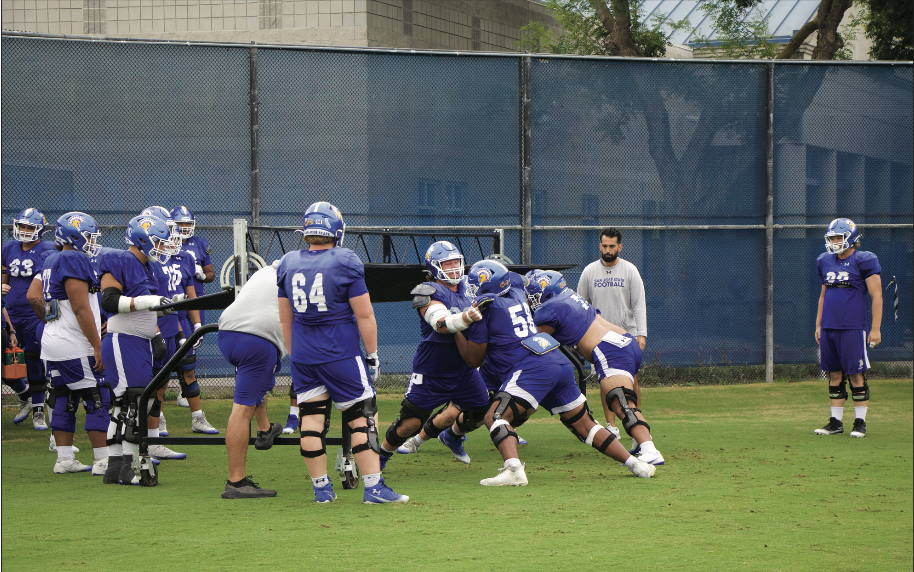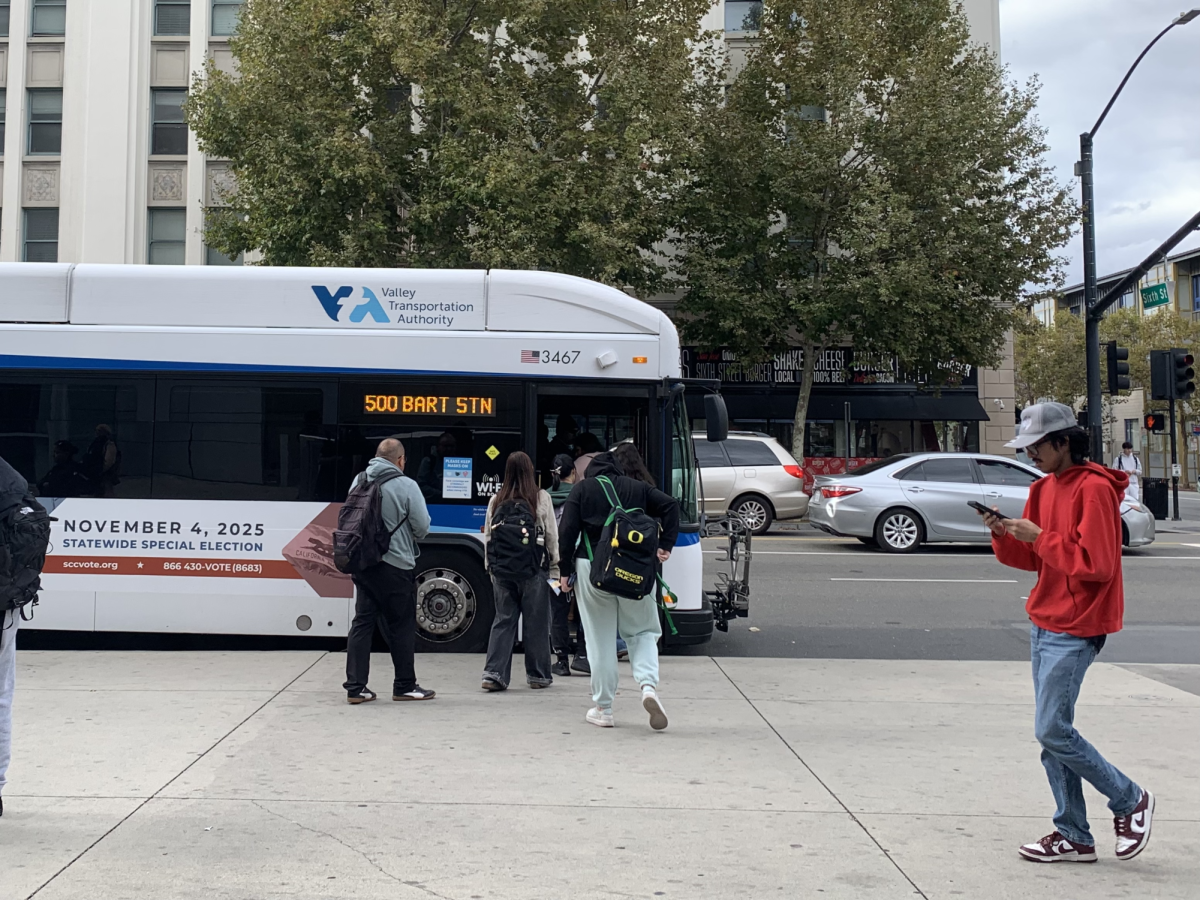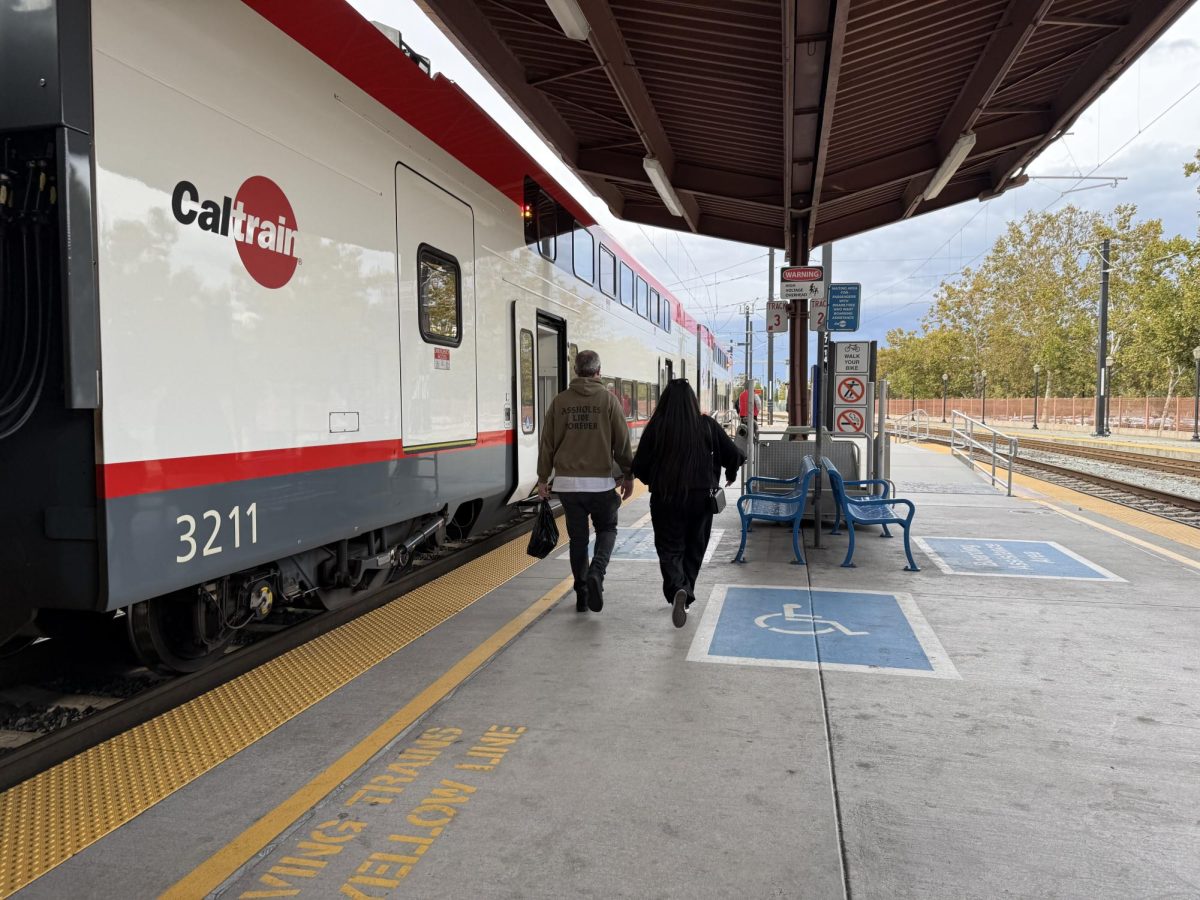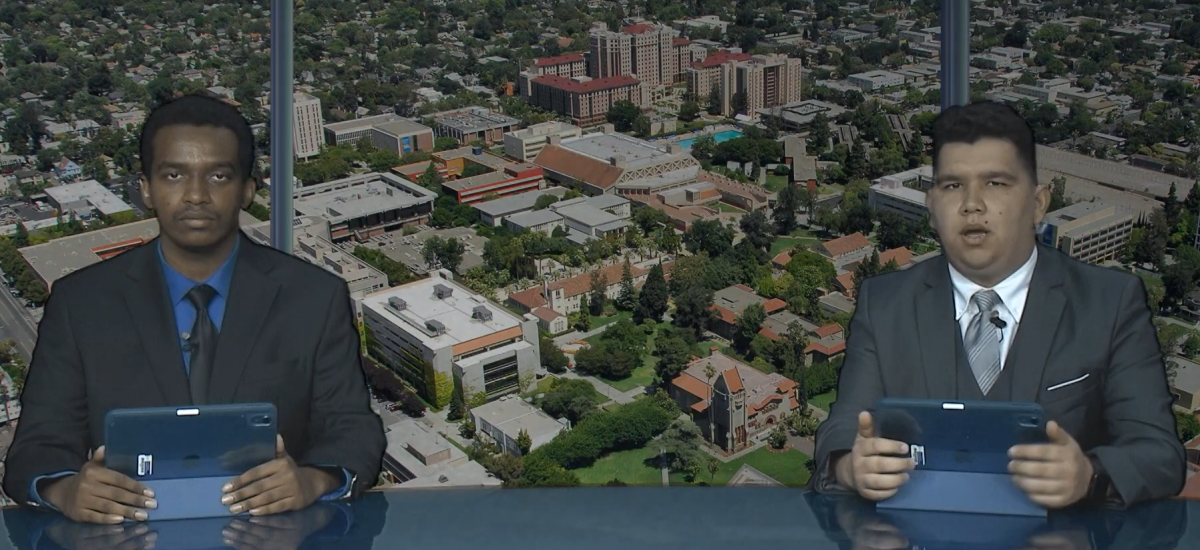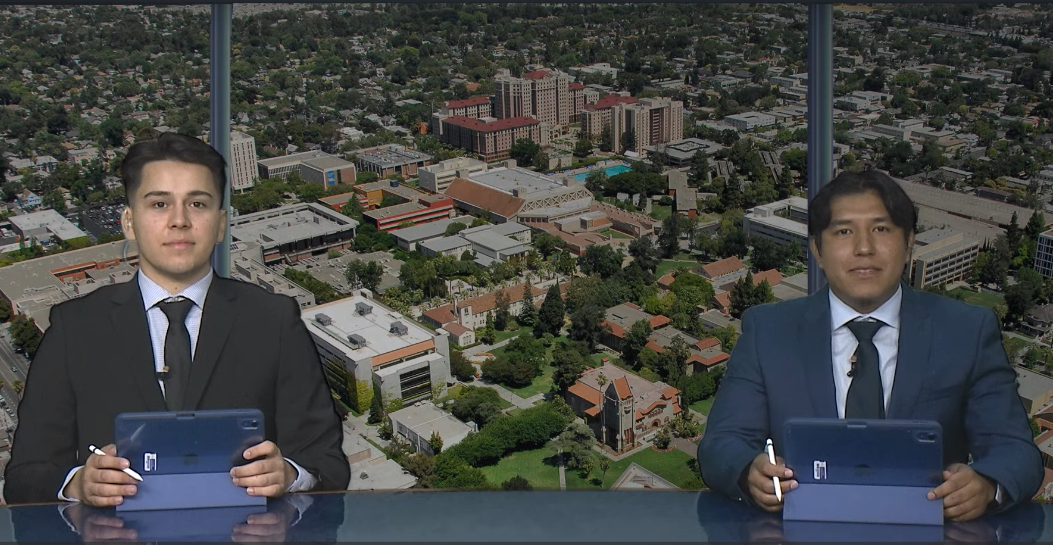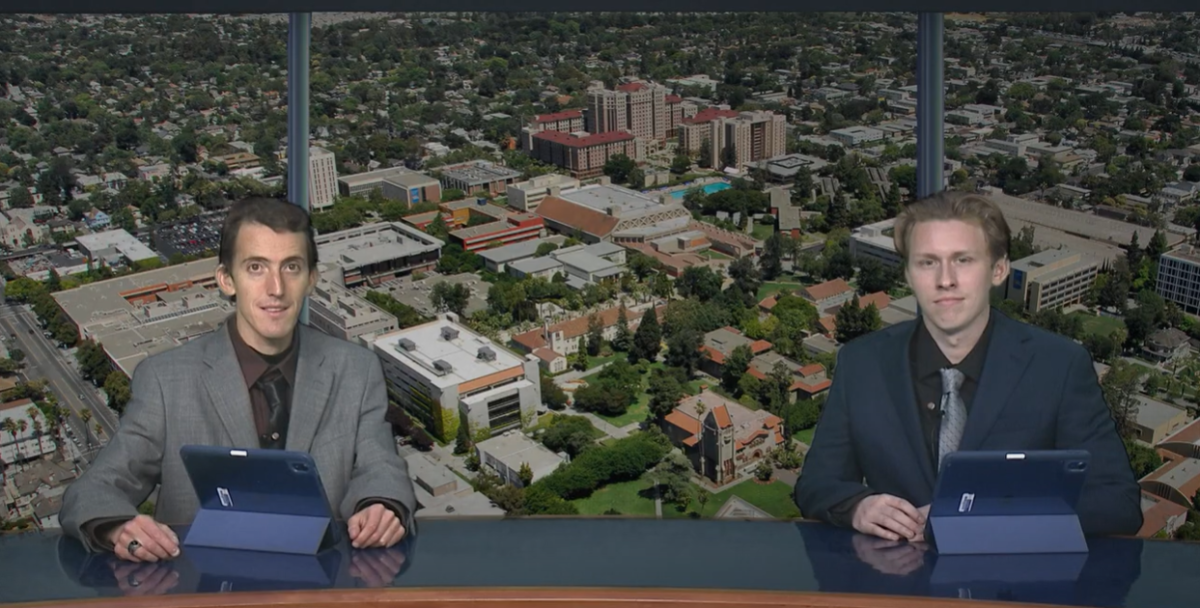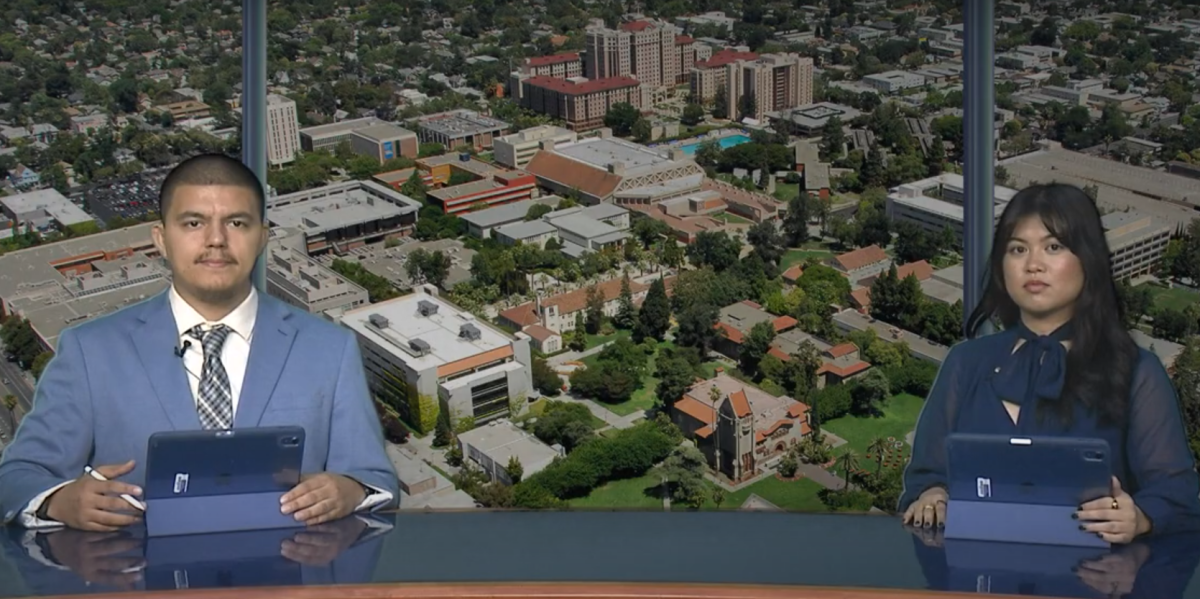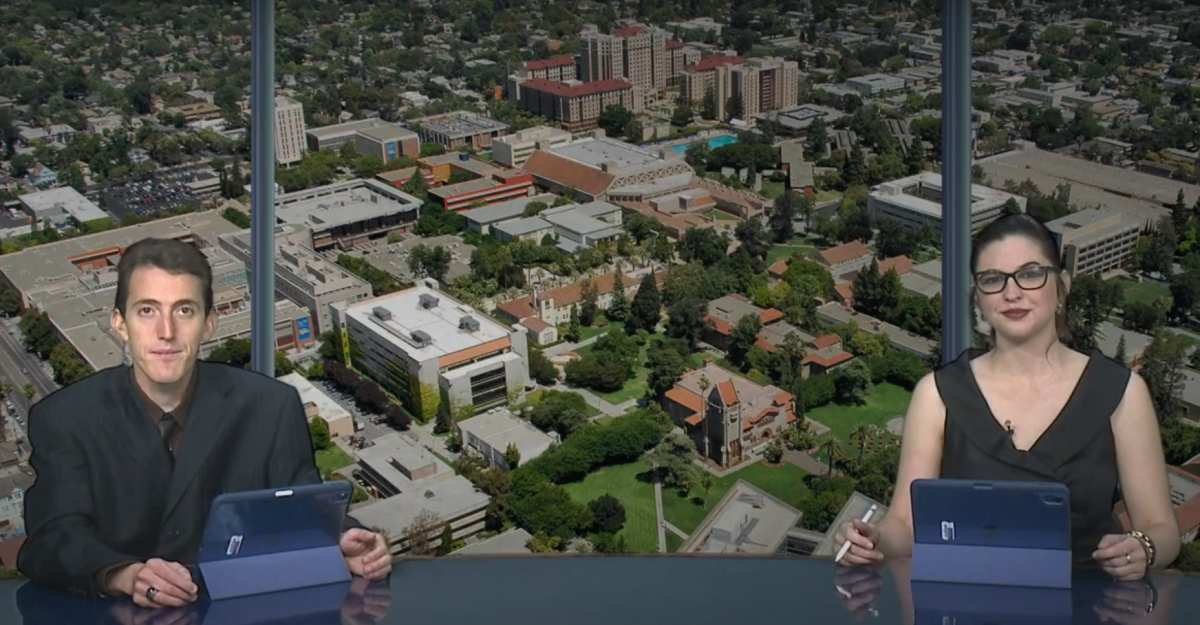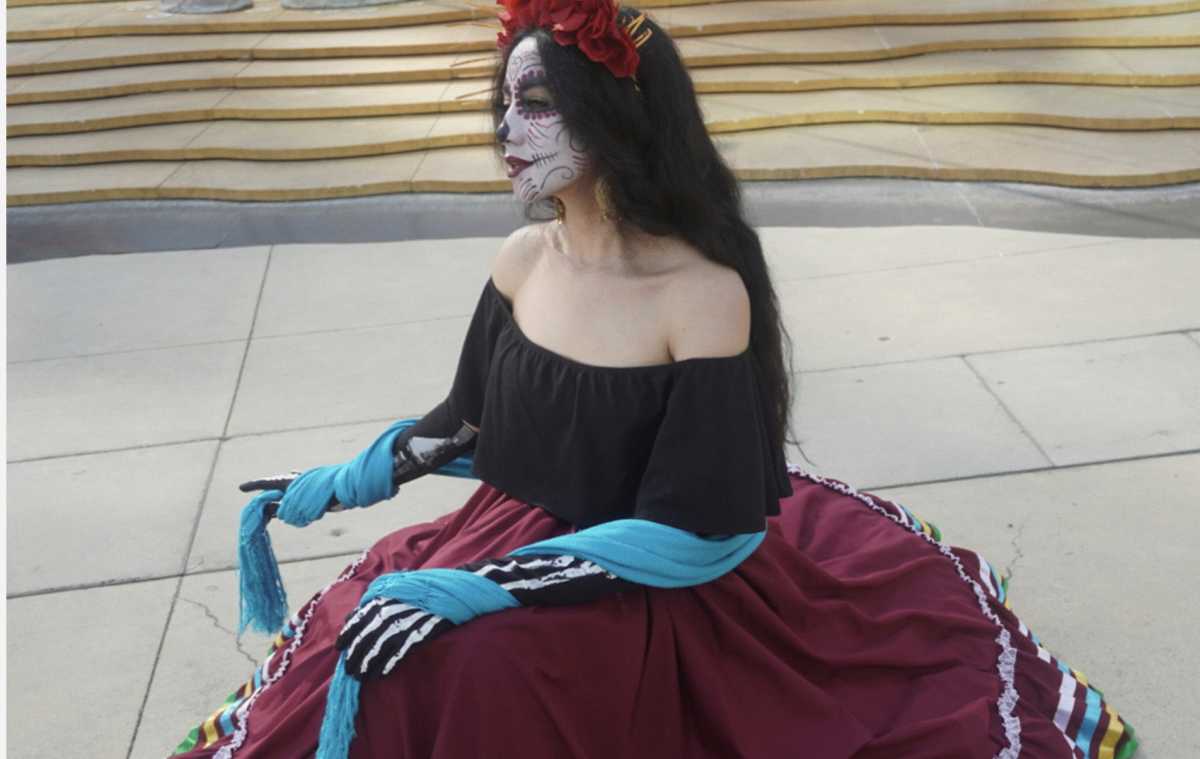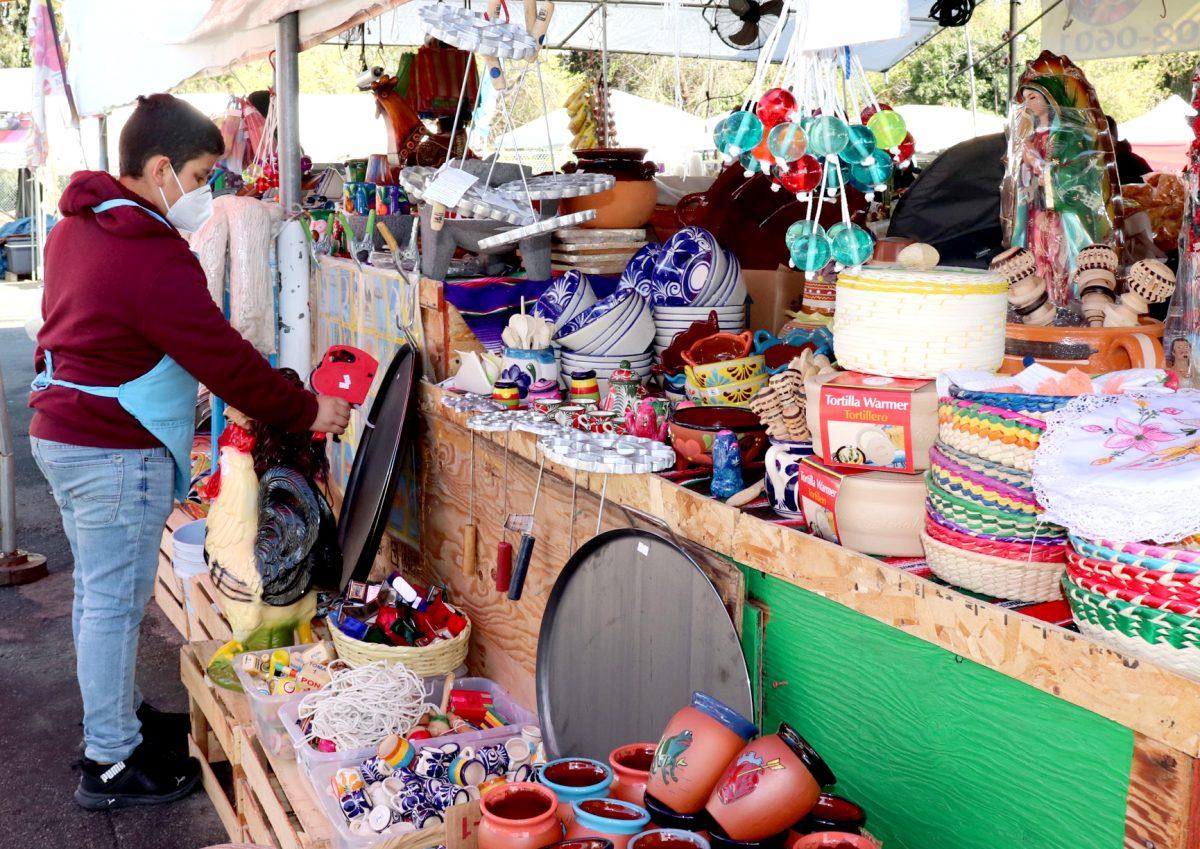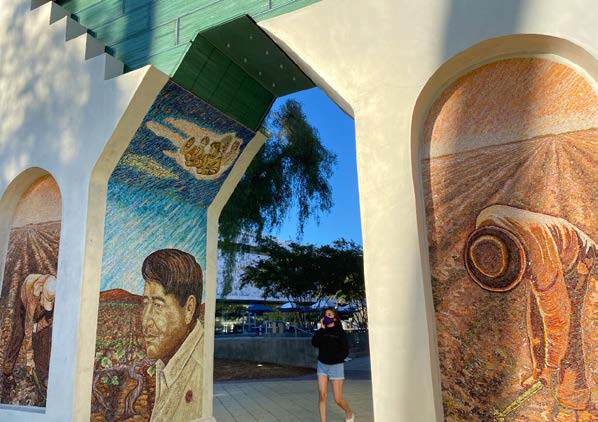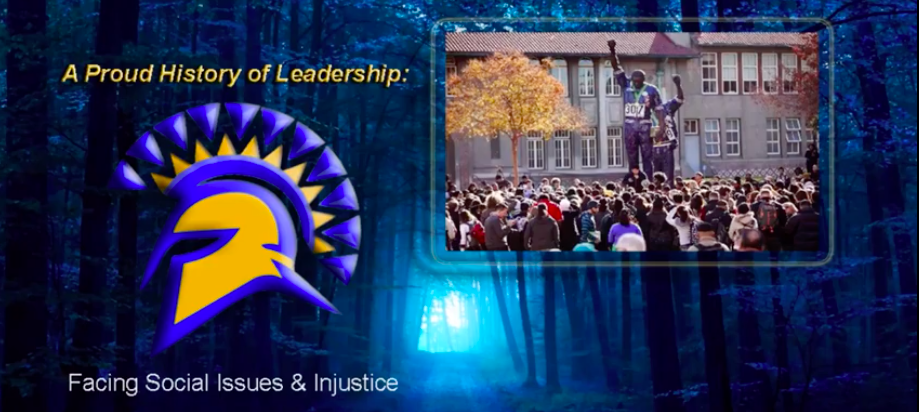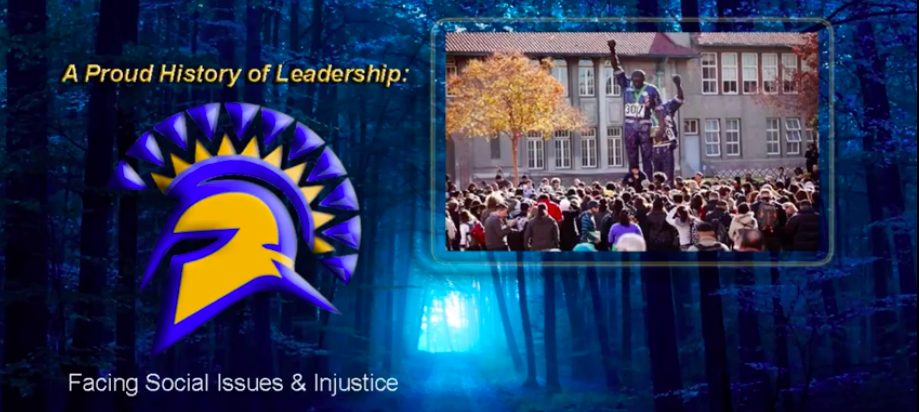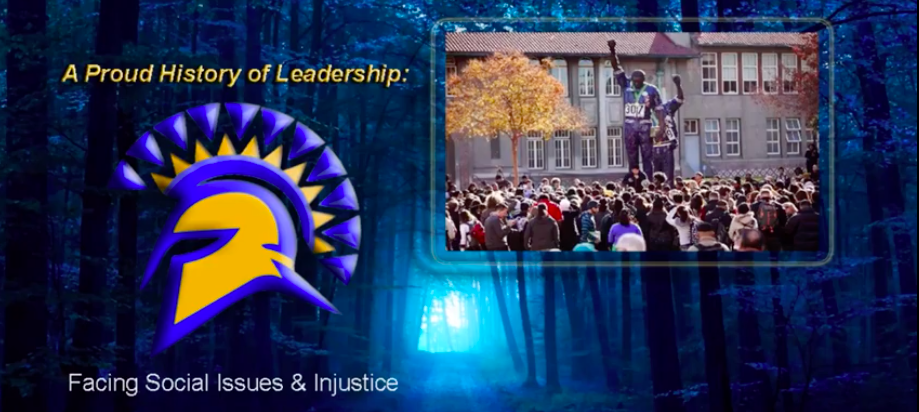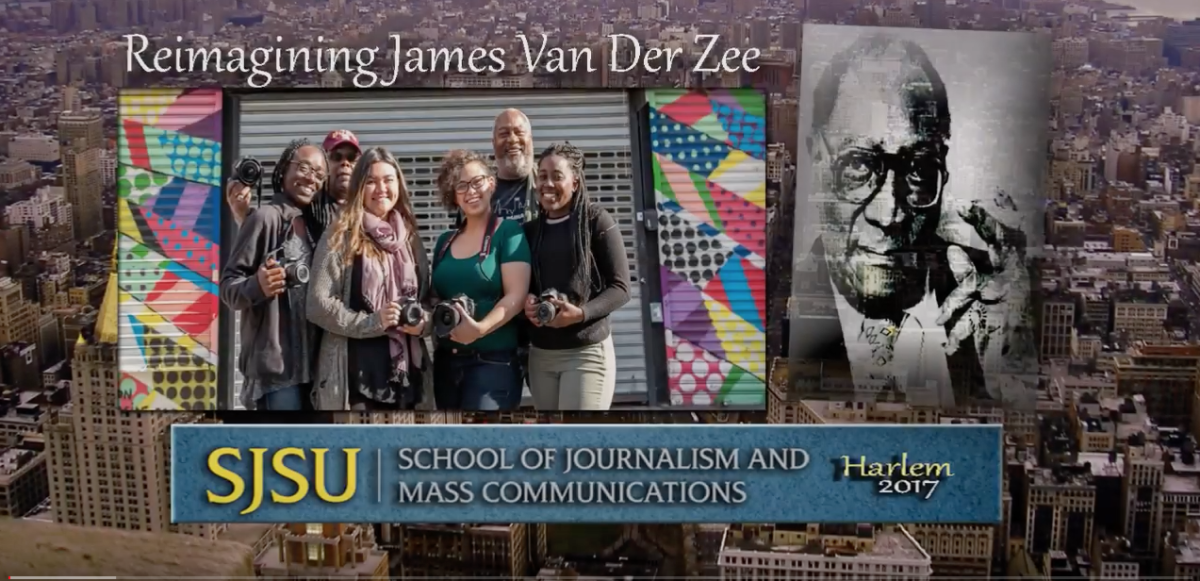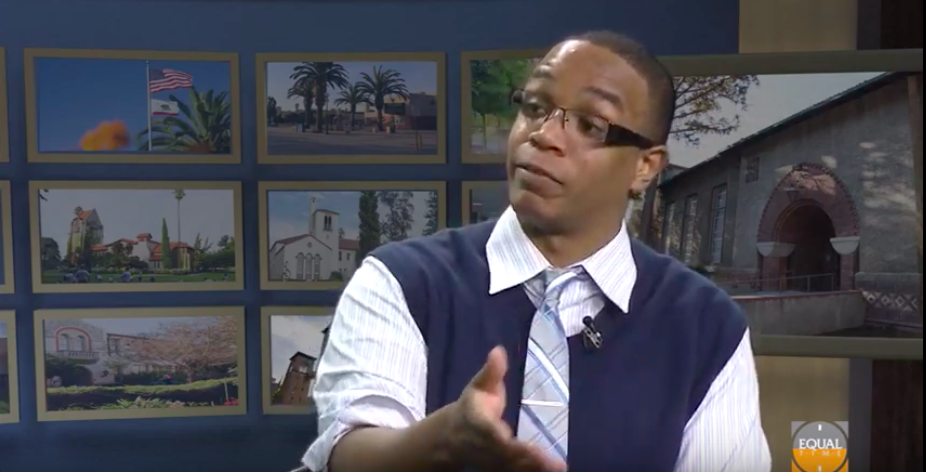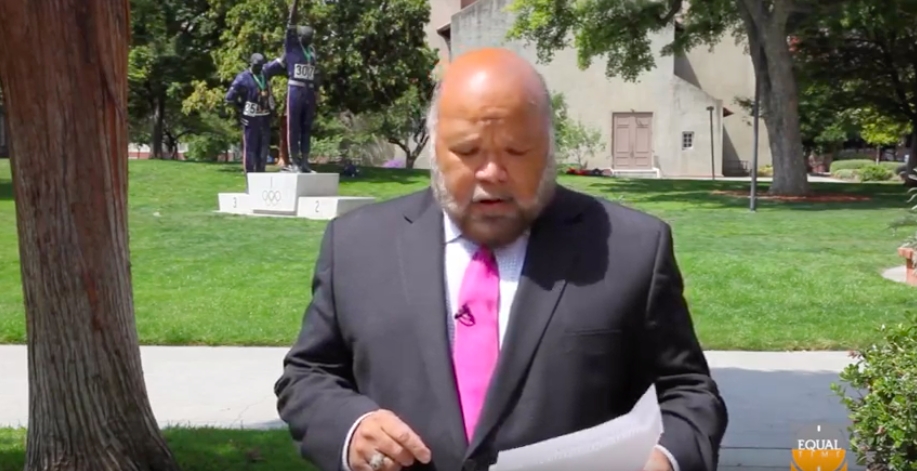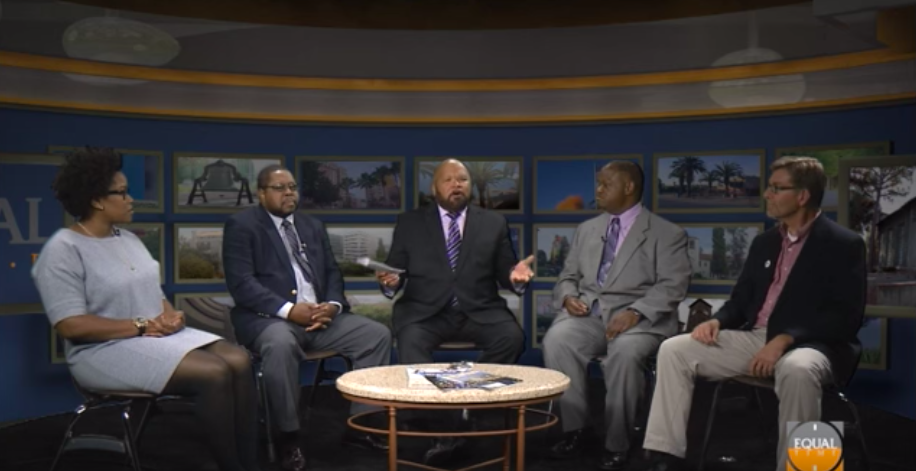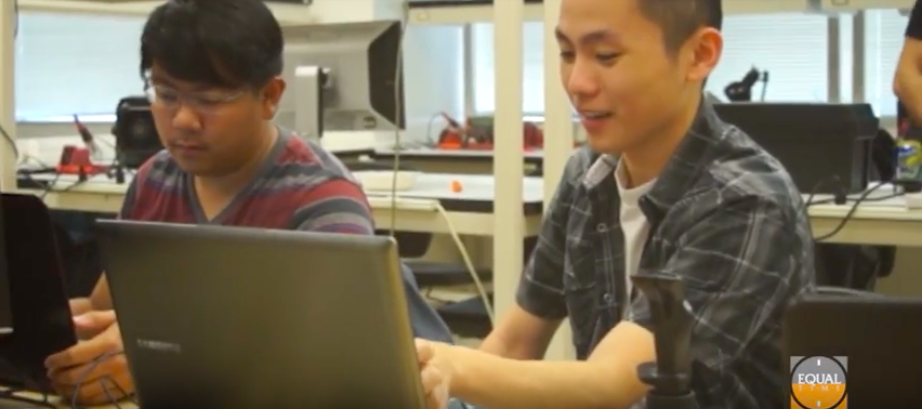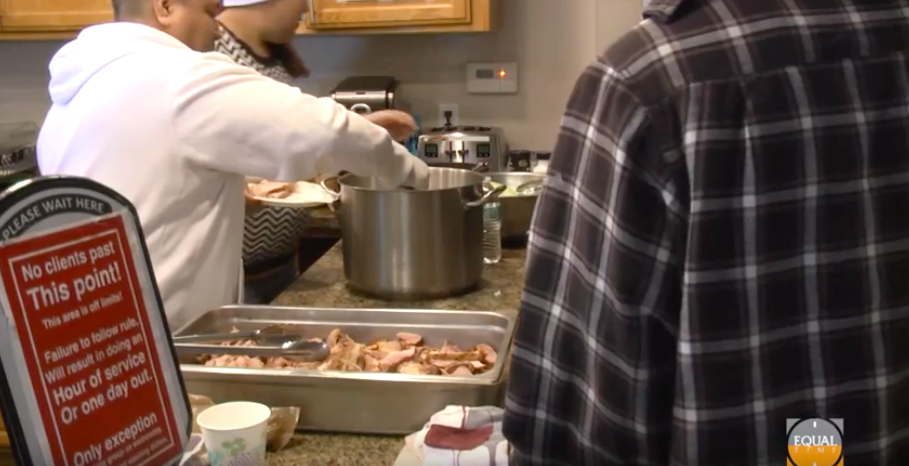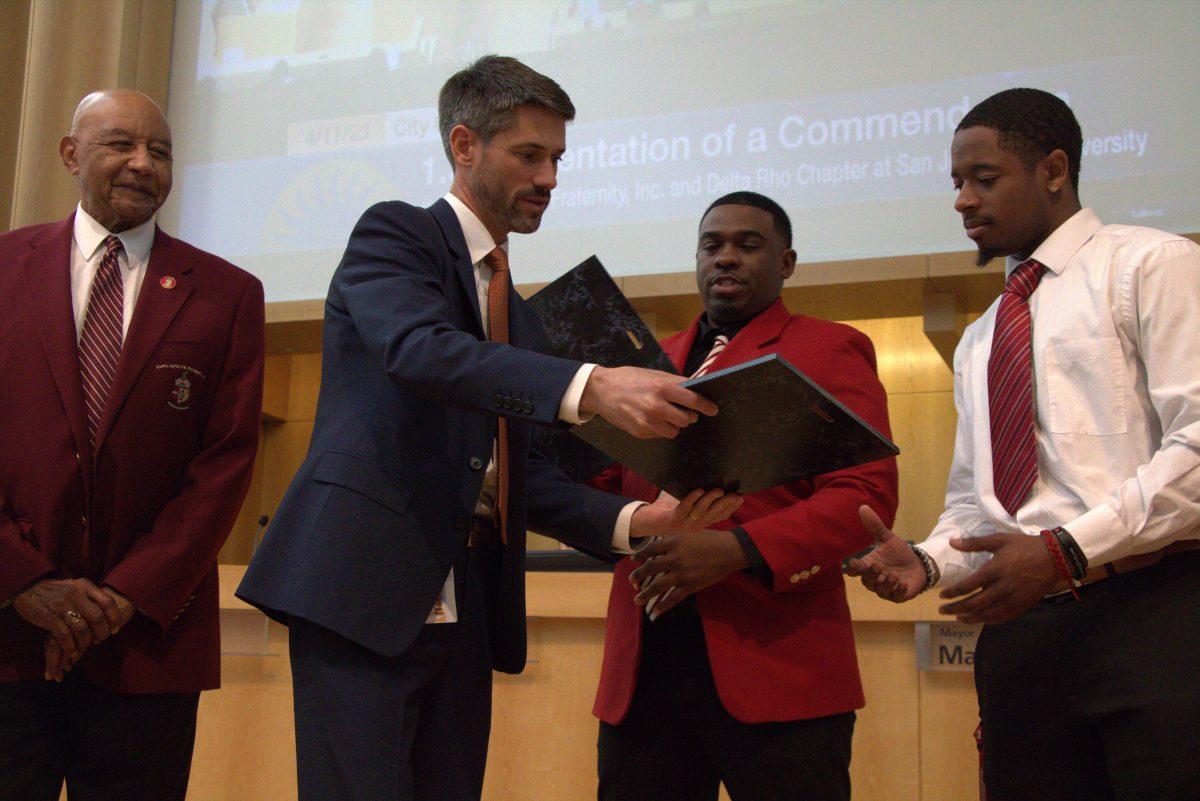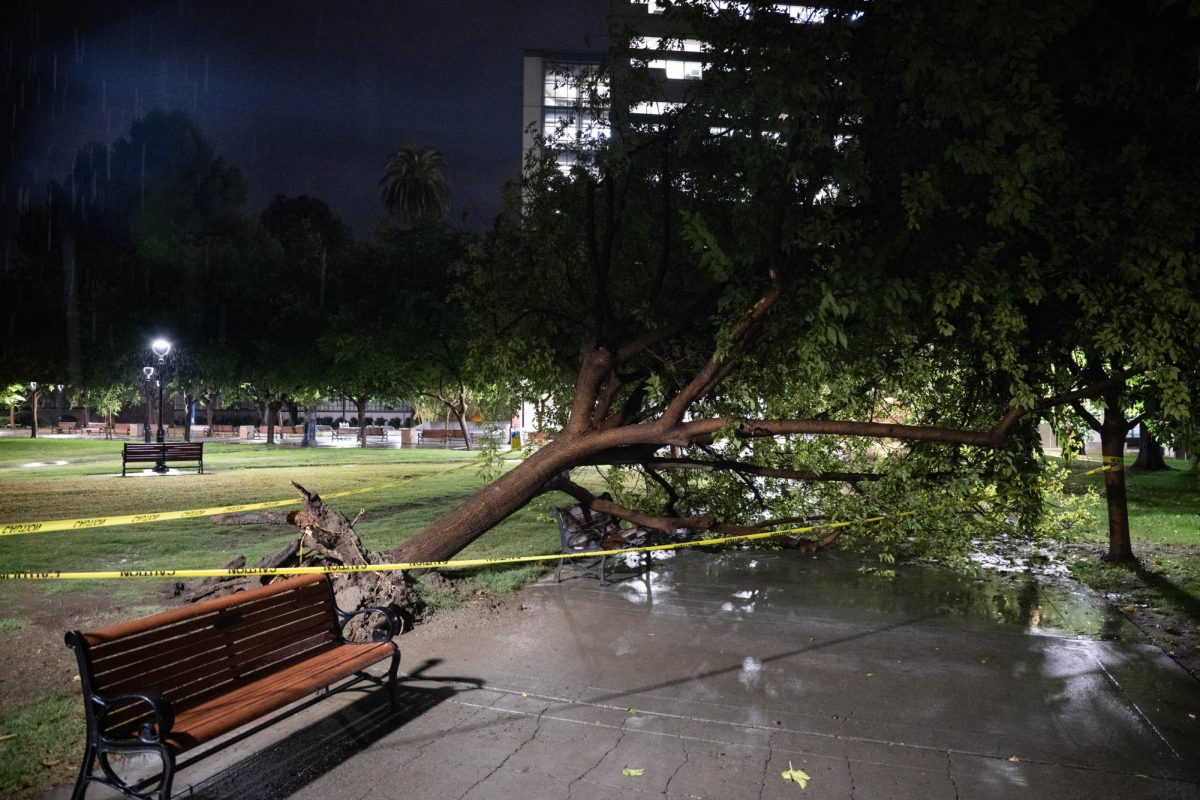San Jose mayor Matt Mahan and councilmembers held a council meeting on Tuesday at City Hall, discussing and reviewing the annual report on the city’s urban development.
“Once a year, we actually do sort of a report card and a general plan in terms of how we are achieving the general plans, goals and strategies to ultimately achieve the vision that the community that council has included in this general plan,” said Michael Brilliot, deputy director for citywide planning for San Jose.
Brilliot said some of the major aspects of the report is the city’s population decreasing below one million residents and an increase in residential and commercial development.
Housing
Brilliot said San Jose’s population is decreasing because of reduced birth rate and the high cost of living resulting in fewer people immigrating to the city.
He said in more recent years San Jose’s housing numbers are decreasing because of high costs of rent.
Brilliot said overall construction for housing is still occurring less in comparison to before the pandemic. This includes single-family homes, accessory dwelling units and multi-family units.
Overall construction for new residential developments decreased by 23%, according to the memorandum from the San Jose’s Planning Commission.
“Housing is not a major strategy in [our] plan, but it is woven in many of the general strategies,” he said.
Kathryn Hedges, a concerned community member who spoke during the meeting, said she doesn’t understand why the city is not prioritizing housing in its general plan.
Hedges said everyone knows affordable housing is the city’s biggest issue.
“We are pushing out people who don’t meet the profile of Santana Row residents basically,” she said.
Jobs and Commercial Spaces
Brilliot said the city is aiming to achieve a one-to-one ratio of jobs for every employee that lives in San Jose by 2025.
“The goal here is to become not just the bedroom for Silicon Valley, but a regional job center in a Bay Area job center where we actually have more jobs than we have workers that live in this city,” he said.
To become a regional employment center, San Jose needs to generate and attract around 13,000 new jobs per year, according to the same memorandum.
To achieve the goal, San Jose needs to develop 11,100 more jobs to recover from the job loss that occurred between 2019 and 2021, according to the same memorandum.
Brilliot said the city had a decrease in jobs after the coronavirus pandemic started, but the city’s employment rate is slowly increasing.
He said the city has been building more commercial and industrial developments to increase economic activity and job opportunities.
Despite this, the amount of square feet for commercial developments has decreased by 66.5%, while the number of square feet for industrial developments has decreased by 72% since the previous year, according to the same memorandum.
Brilliot said the city’s response is to create urban spaces with a combination of more mixed developments, high quality transit and walkable community spaces.
“So major strategy number six is really about creating streetscapes for people moving away from an auto-centric city to a city where streetscapes are places where all people have opportunities for all people to get around by different modes,” he said.
Brilliot said 14 urban village plans have been approved since 2011.
Urban villages are areas that provide active, walkable, bicycle-friendly, transit oriented, mixed urban areas including new housing and promote job growth, according to the same memorandum.
Brilliot said one of their signature projects that the city has completed since is SJSU’s Sparta Student Housing Project located on Santa Clara Street.
Councilmember Peter Ortiz who represents District 5 said while the city has advanced in completing its goals, San Jose is still recovering from COVID-19.
“We need to work hard towards advancing our city’s economic growth,” Ortiz said.



